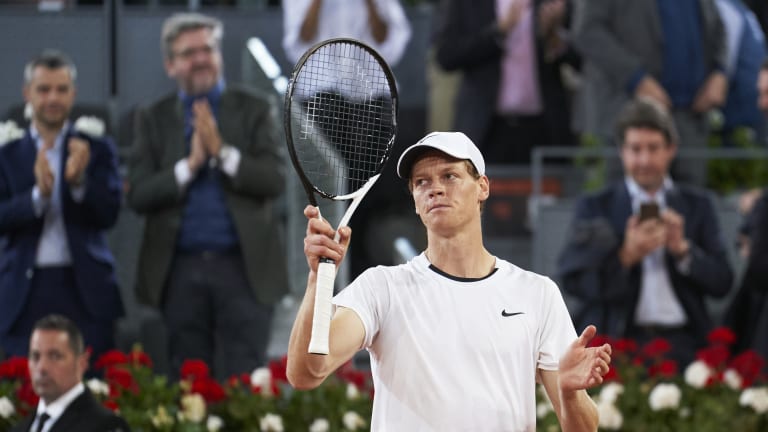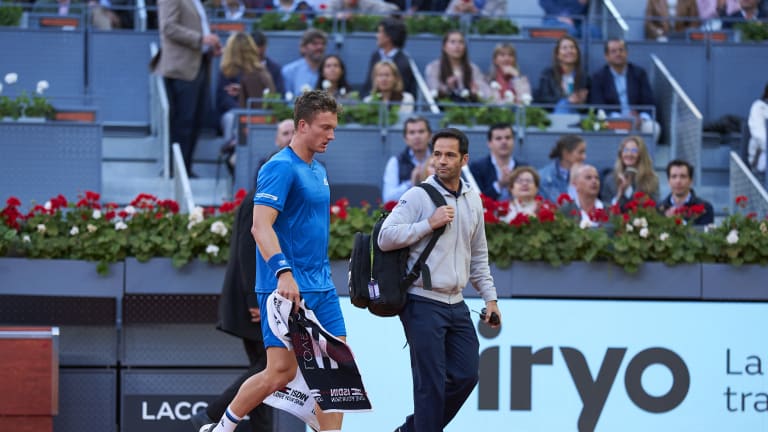Served Podcast
Are the injuries in Madrid a result of the physicality of the sport or the demands of the tour?
By May 05, 2024Served Podcast
“Bob did the old switch-a-roo”: Bryan Brothers swapped Olympic gold medals, but not by choice
By Apr 14, 2024Served Podcast
Jon Wertheim, Andy Roddick discuss a 'seismic shift' in tennis on 'Served with Andy Roddick' this week
By Apr 07, 2024Served Podcast
The "turducken" of tennis? Jon Wertheim hails Alcaraz, Sinner and Medvedev as the next Big 3
By Mar 31, 2024Served Podcast
Kim Clijsters, Andy Roddick react to Caroline Wozniacki’s opinion on Simona Halep’s Miami wild card
By Mar 25, 2024Served Podcast
Andy Roddick predicted Rafael Nadal’s withdrawal from Indian Wells just days before the tournament began
By Mar 10, 2024Served Podcast
'Rublev can't be that upset': Andy Roddick weighs in on Andrey Rublev's Dubai default
By Mar 03, 2024Served Podcast
Tiger Woods inspired Maria Sharapova’s brand strategy, reveals agent Max Eisenbud on Andy Roddick’s "Served" podcast
By Feb 27, 2024Served Podcast
Kim Clijsters: "no consequences for team biggest red flag” in Simona Halep case
By Feb 22, 2024Style Points
Roger Federer, Rafael Nadal team up in snowy shoot for Louis Vuitton's Core Values campaign
By May 18, 2024Served Podcast
Are the injuries in Madrid a result of the physicality of the sport or the demands of the tour?
This week on Served with Andy Roddick, he, Jon Wertheim and guest Dr. Joshua S. Dines discuss the challenges players face at all levels of competition.
Published May 05, 2024
Advertising

The home favorite officially withdrew from Rome on Saturday due to a lingering hip injury.
© Getty Images
Advertising

In his first Masters 1000 semifinal, 22-year-old Lehecka completed just six games.
© Getty Images